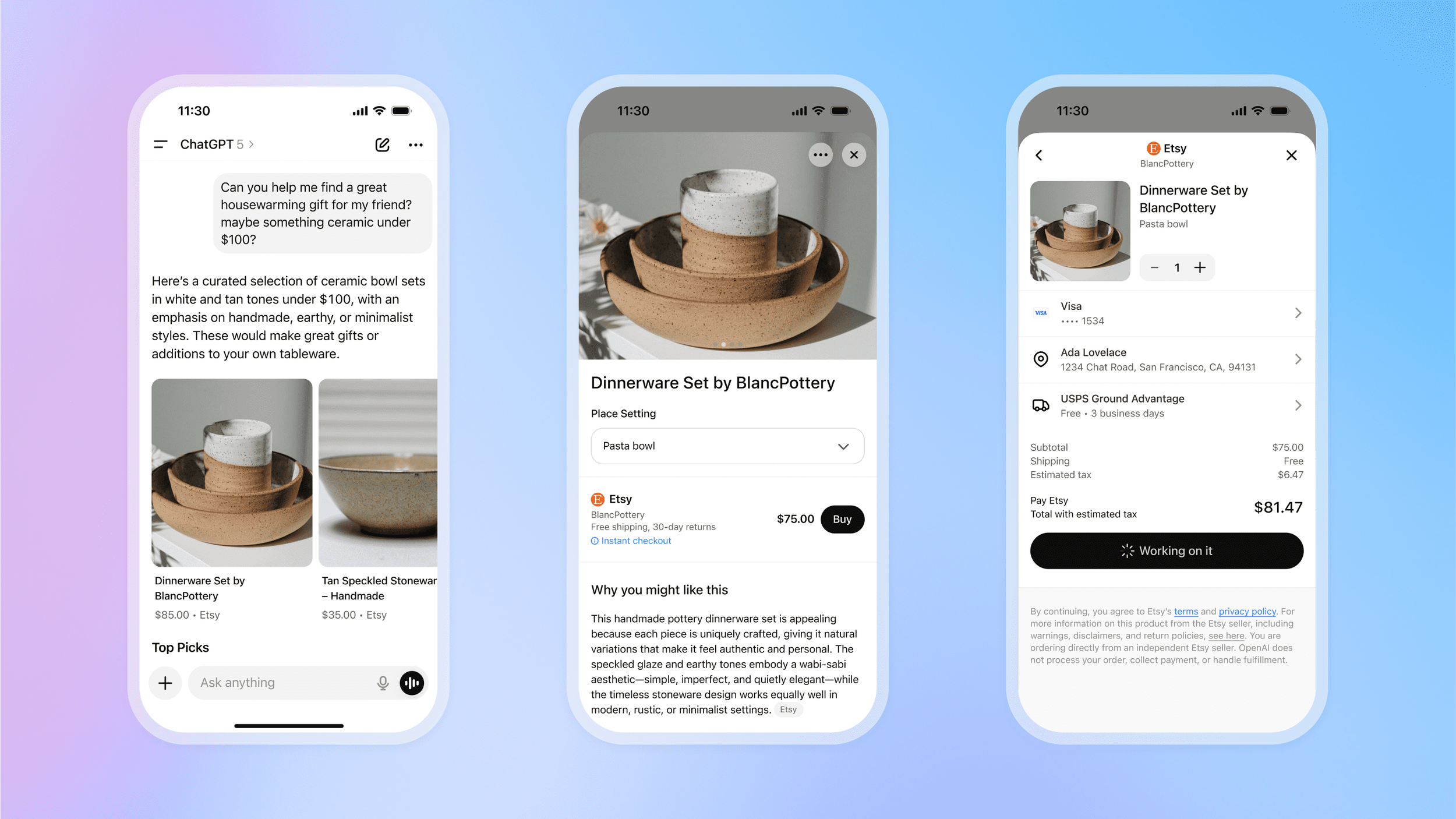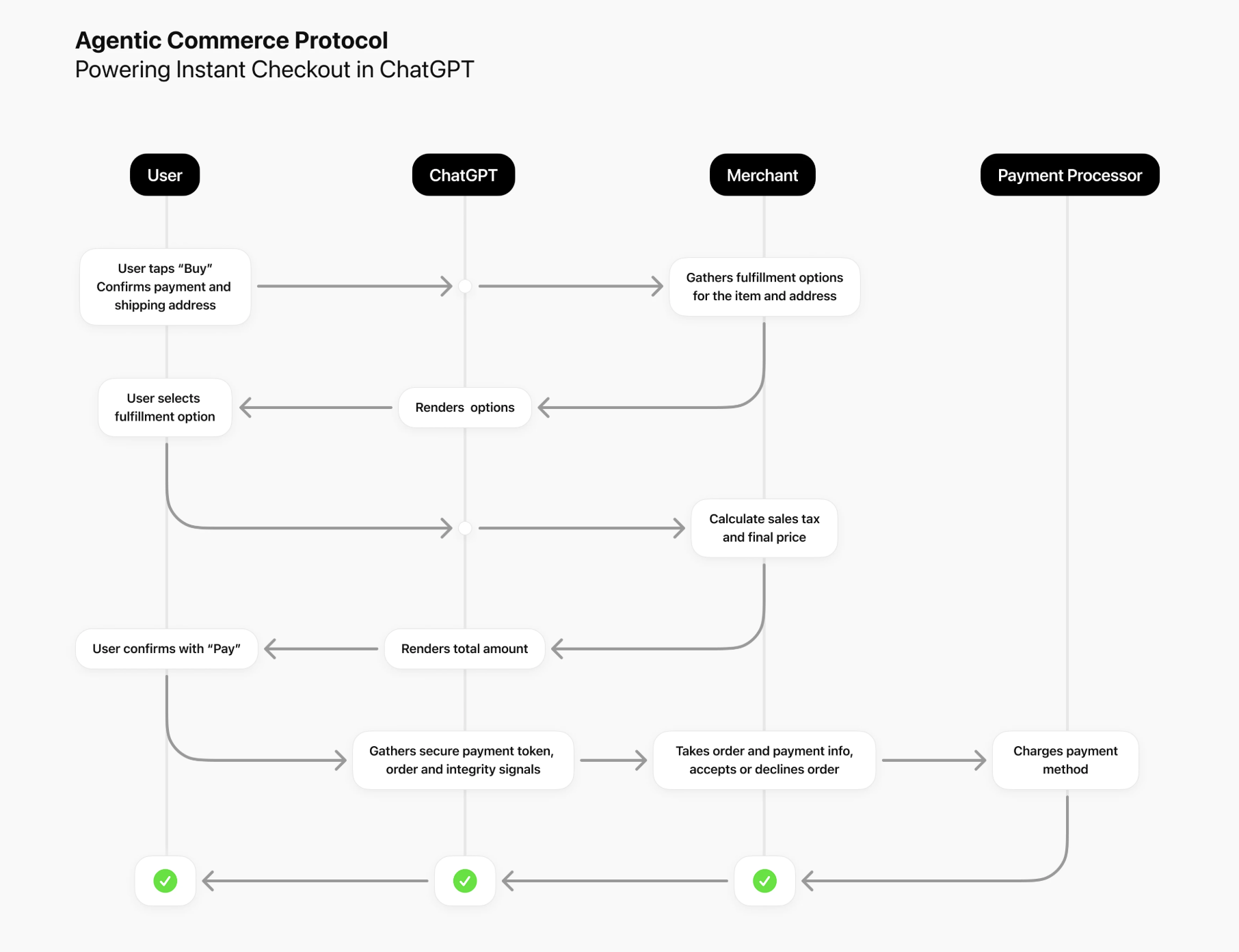Online shopping just took a major leap forward. Shopify has officially teamed up with OpenAI to let merchants sell products directly inside ChatGPT conversations. No new tabs, no redirects, and no checkout forms that make you lose steam mid-scroll. Just chat, click, and buy — all in one place.
Source: CNBC
HOW IT WORKS
This new shopping experience comes from a partnership between OpenAI, Shopify, and Stripe. It has two main parts:
Instant Checkout
When ChatGPT recommends a product, a “Buy” button appears in the chat. You tap it, confirm details, and the purchase is complete in seconds.
Agentic Commerce Protocol (ACP)
This is the secure technology behind the scenes. ACP lets ChatGPT send product details and process payments without sharing private customer data.
Source: OpenAI
What This Looks Like for Shoppers
Imagine this: you’re chatting with ChatGPT and say, “Can you recommend a good vitamin C serum under $50?”
A few products appear. One looks perfect — brightening, lightweight, and in your budget. You hit “Buy,” confirm your shipping and payment information in the chat, and your order is done. No browser tabs. No redirect. No abandoned carts.
For now, the feature supports single-item purchases and is available to U.S. ChatGPT Plus, Pro, and Free users. Multi-item carts and broader merchant rollouts are coming soon.
Why Merchants Are Paying Attention
For Shopify sellers, this integration opens a whole new sales channel without rebuilding your store.
Easy setup: Orders show up in your Shopify dashboard like any other sale.
Full control: You handle shipping, returns, and customer support.
Secure payments: ACP works with your existing payment processor, making transactions smooth and safe.
More than 700 million people use ChatGPT every week. This gives Shopify sellers a huge audience to reach.
The Commerce Shift Has Begun
OpenAI takes a small transaction fee from purchases made in ChatGPT. That means merchants pay only for real sales, not clicks. This changes the cost model for digital commerce.
Shopify’s stock rose 8.1% after the announcement. Big names like Glossier, SKIMS, Spanx, and Vuori are joining the rollout soon. Etsy sellers are already live, and early results show strong demand.
How to Prepare
Online shopping just took a major leap forward, and merchants need to be ready. This isn’t just about having a good website anymore — it’s about being optimized for AI‑driven discovery.
This marks the start of AI optimization — the next step beyond SEO. Merchants will need to think differently to get noticed and recommended in ChatGPT. At the core of this is having clean, detailed product data and feeds that AI can easily understand.
Here are the key focus areas:
Clear product data: Honest, detailed product titles and descriptions make it easier for ChatGPT to surface your items.
Up‑to‑date pricing and inventory: Keep information accurate to avoid disappointed shoppers.
Feed optimization: ChatGPT’s product results are powered by conversational search and rely on structured, accurate data. This means making sure your product pages and feeds are fully optimized.
Revel recommends these best practices to prepare your feeds for AI:
Ensure ChatGPT’s crawler (OAI‑SearchBot) can access your site by reviewing your robots.txt file.
Improve product detail pages with clear titles, rich descriptions, and schema markup.
Use tools like IndexNow to keep your product data fresh and accurate in real time.
Optimize Google and Microsoft Merchant Centers, as ChatGPT pulls data from multiple sources.
Sign up for early access to feed submission opportunities when OpenAI launches them.
The question is no longer just “How do I rank on Google?” It’s “How do I get recommended by ChatGPT?” To explore this further, check out Revel’s ChatGPT Shopping Results Optimization Guide.
Embracing Headless Commerce
As AI-driven shopping experiences like ChatGPT Instant Checkout become more prevalent, adopting a headless commerce architecture can provide significant advantages for merchants.
Headless commerce decouples the front end (what customers see) from the back end (your Shopify store), allowing for greater flexibility and customization. This separation enables businesses to deliver personalized and consistent shopping experiences across various channels, such as websites, mobile apps, and even voice assistants.
Key benefits of headless commerce include:
Omnichannel experience: Deliver a seamless shopping experience across multiple touchpoints.
Rich personalization: Tailor content and product offerings to individual customer preferences.
Flexibility and agility: Quickly adapt to market trends and customer demands without disrupting the backend.
Best-of-breed integrations: Integrate with specialized tools and platforms to enhance functionality.
Scalability and performance: Scale your business efficiently as it grows.
By adopting a headless approach, merchants can future-proof their stores and stay ahead in the rapidly evolving e-commerce landscape.
The Bottom Line
The Shopify ChatGPT integration is more than a feature. It’s a shift in how people shop online. Conversations become transactions. Shopping becomes instant.
For merchants, it opens new opportunities. For shoppers, it makes buying effortless. This is the future of online shopping — and it’s already here.
SOURCES
Photo: © CNBC










